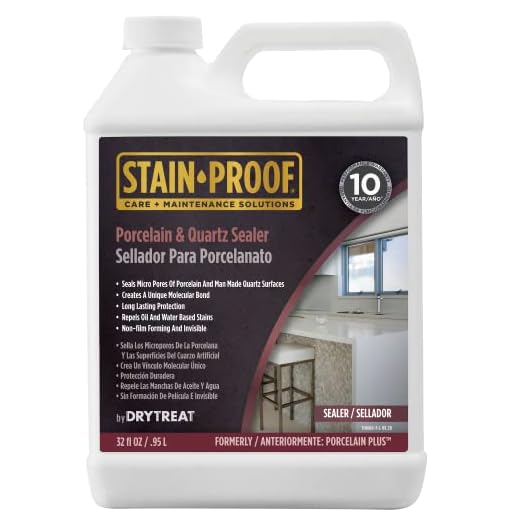

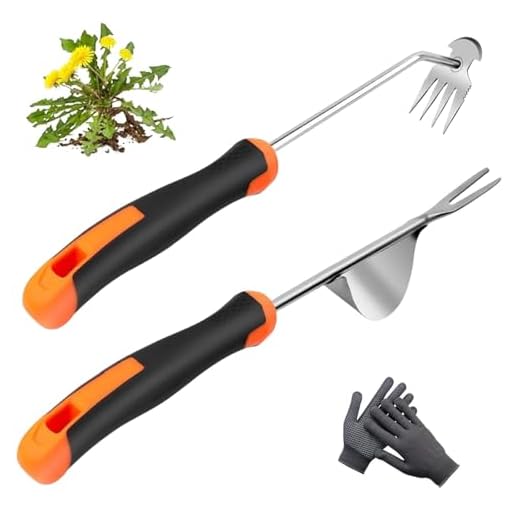

If you’re seeking an efficient way to restore the beauty of your outdoor surfaces without relying on high-pressure equipment, a simple combination of natural solutions and manual effort can yield impressive results. Start by gathering white vinegar and baking soda–their chemical properties work wonders in lifting stubborn stains and grime.
Mix equal parts white vinegar and water in a spray bottle, applying it liberally to the soiled areas. Let it sit for approximately 15 minutes before targeting the most stubborn spots with baking soda sprinkled directly over the vinegar solution. This combination creates a frothy reaction that assists in breaking down dirt and debris.
After allowing the mixture to work its magic, utilize a stiff-bristled brush to scrub the surfaces thoroughly. This step is crucial in ensuring the grime is dislodged effectively. Rinse the area using a hose to wash away residual particles and reveal the refreshed appearance of your outdoor surfaces.
For particularly challenging stains, consider using a solution of dish soap and warm water. Apply it to the stained areas and scrub with a brush, followed by rinsing to wash away any leftover residue. Regular maintenance will keep your outdoor surfaces looking their best, making this effort truly worthwhile.
Effective Methods for Cleaning Your Surface
For routine maintenance, a mixture of water and mild detergent is sufficient. Combine one cup of liquid soap in a bucket of hot water. Use a stiff-bristled broom or a scrub brush to apply this solution. Work in sections, scrubbing vigorously to dislodge dirt and grime.
Stubborn Stains
For more challenging marks, consider using a solution of vinegar and water. Mix equal parts of white vinegar and water in a spray bottle, applying it directly onto the stain. Allow it to sit for 10-15 minutes before scrubbing with a brush. Rinse thoroughly with clean water to prevent any residue.
Weed Control
To manage weeds growing between units, vinegar can also be a useful ally. Spray undiluted white vinegar on the affected areas on a sunny day. It will desiccate the weeds, making them easier to remove. Follow up with a gentle scraping to remove any persistent roots.
Gather Necessary Cleaning Supplies for Brick Pavers
Begin by assembling a stiff-bristled broom to dislodge debris and dirt from the surface. Select one with durable bristles to ensure thorough removal of grime from the crevices between each segment.
Next, acquire a bucket for mixing your cleaning solution. A standard size will suffice, allowing ample space for water and cleaning agents. Choose a pH-neutral cleaner or a combination of vinegar and water for an eco-friendly option that tackles stubborn stains.
Don rubber gloves to protect your hands from any harsh chemicals while working. Opt for gloves that offer a secure fit, ensuring dexterity as you scrub.
Get a garden hose with a spray nozzle to rinse away the cleaner after application. Adjustable nozzles provide versatility in water flow, helping you target specific areas effectively without soaking unintended spots.
A scrub brush or a putty knife will be instrumental for tackling tough stains. Brushes with stiff bristles can lift grime, while a putty knife is handy for scraping off any residue that remains stuck.
For larger areas or persistent stains, a non-corrosive commercial cleaner may be beneficial. Look for one that specifies compatibility with your surface type to avoid damage.
Finally, consider using a sealer after the cleaning process. This not only protects the surface but also enhances the appearance, keeping it looking fresh longer.
Prepare the Area Before Cleaning Brick Pavers
Clear the zone of furniture, plant pots, and any other loose items to ensure unobstructed movement. This avoids damage to surrounding objects during the task.
Next, examine the surface meticulously for any visible debris or large stones. Remove these items manually to prevent injury or equipment malfunction.
Use a broom or a stiff-bristled brush to sweep away dust and dirt particles effectively. This initial step enhances the results of subsequent cleaning techniques.
Check the joints of the stones for weeds or grasses. It’s wise to pull them out by hand or utilise a weeding tool if necessary, as these can interfere with your cleaning efforts.
In case of stubborn stains or heavy grime, consider treating affected areas with a pre-cleaning solution. This will maximise the efficacy of your cleaning routine later on.
Additionally, inspect the surrounding area for drains and ensure they remain unobstructed. Proper drainage is essential to prevent water pooling or damage during the process.
Lastly, plan your approach in terms of sequencing. Work from one side to another, ensuring the area remains orderly and manageable. This systematic method helps keep track of completed sections and reduces the likelihood of missing spots.
Remove Weeds and Debris from Brick Pavers
First, manually extract visible weeds using a weeding tool or trowel. This method ensures the roots come out entirely, preventing regrowth. Focus on areas where plants tend to sprout between the stones.
Next, gather loose debris like leaves, dirt and small stones. A stiff-bristled broom effectively gathers this material, making the surface clear for further maintenance.
For stubborn debris, a mixture of warm water and white vinegar can help. Apply this solution to the affected areas and let it sit for a few minutes before scrubbing with a brush. The acidity of vinegar assists in dislodging dirt without causing damage.
- Wear gloves to protect your hands while working.
- Choose a cloudy day to avoid the sun evaporating the solution quickly.
- Rinse the area thoroughly with water after using vinegar for a refreshing finish.
Repeat this process regularly to maintain cleanliness and prevent weeds from taking hold again. Regular upkeep goes a long way in preserving the appearance and integrity of your surface.
Choose the Right Cleaning Solution for Brick Pavers
Selecting an appropriate cleaning agent is crucial for maintaining the aesthetics and longevity of your outdoor surfaces. First, consider using a mixture of warm water and a mild detergent. This combination effectively loosens dirt and grime without causing damage.
For stubborn stains, create a paste using baking soda and water. Apply it to the affected areas, let it sit for about fifteen minutes, then scrub gently with a soft brush. This method is safe for most materials and helps lift tough spots.
If oil or grease stains are present, a degreaser is your best bet. Look for biodegradable products to minimise harm to surrounding vegetation. Apply according to manufacturer’s instructions, allowing it sufficient time to break down the stain before rinsing thoroughly.
Natural Options to Consider
Vinegar mixed with water acts as a natural cleaner, effective in combatting algae or mildew. However, be cautious, as prolonged exposure can potentially harm surfaces. Always test a small area first.
Another eco-friendly choice is dish soap combined with vinegar. This solution not only cleans but also offers mild antibacterial properties, providing a two-in-one treatment for your flooring.
Final Recommendations
Before applying any product, check the manufacturer’s recommendations for suitability on your specific surface type. Always wear gloves and protective eyewear during the cleaning process to safeguard yourself from harmful chemicals or irritants. Ensure proper ventilation when using stronger solutions. This thoughtful approach will yield the best results while preserving the integrity of your exterior surfaces.
Apply Cleaning Solution and Scrub Brick Pavers
Mix the chosen cleaning solution according to the instructions provided. Use a bucket to combine water and the cleaner, ensuring an even consistency. Pour the mixture onto the surface in small sections to prevent it from drying out too quickly.
Utilise a stiff-bristled brush or broom to agitate the solution. Scrub in circular motions, applying additional pressure on stained areas. Keep a consistent rhythm to ensure the cleaner penetrates effectively, working it into the crevices between the units. Pay special attention to corners and edges, where dirt tends to accumulate.
After scrubbing a section, let the solution sit for the recommended time. This allows the ingredients to break down grime and stains. While waiting, rinse the brush regularly to avoid redistributing dirt back onto the surface.
Once the time has elapsed, use a hose with a regular nozzle to thoroughly rinse the area. Aim to remove all residues of the cleaning solution, as any leftover can lead to slippery surfaces. Make sure to wash out the nooks and crannies effectively to prevent residues from dulling the appearance of the material.
Repeat the process for any sections that still appear dirty, applying fresh solution as needed. Regular maintenance will help maintain the look and integrity of the surfaces over time.
Rinse and Dry Thoroughly
.jpg)
To ensure optimal results, it’s critical to rinse and dry surfaces thoroughly after any cleaning procedure. Start by using a bucket of clean water along with a soft-bristle broom or a reasonable-sized mop to remove any remaining soap or cleaning residue. Working in small sections will allow you to manage the water effectively and avoid oversaturation.
Water Removal Technique
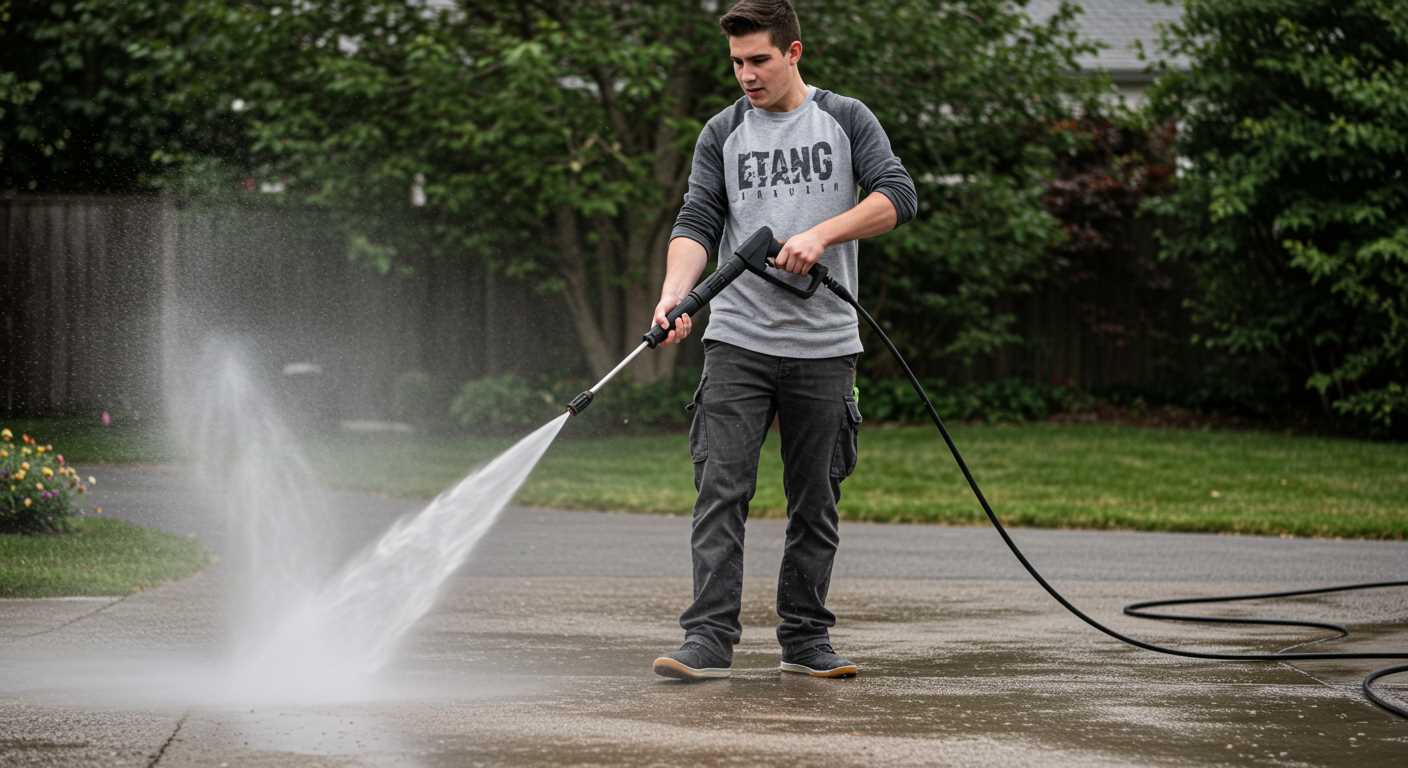
Begin rinsing from one end to the other to push debris toward the edges. Use a squeegee or a wet vacuum to extract excess water and prevent pooling, which can lead to an unwanted appearance and encourage mildew growth. Pay attention to areas where water can accumulate, especially in corners and around edges.
Drying Methods
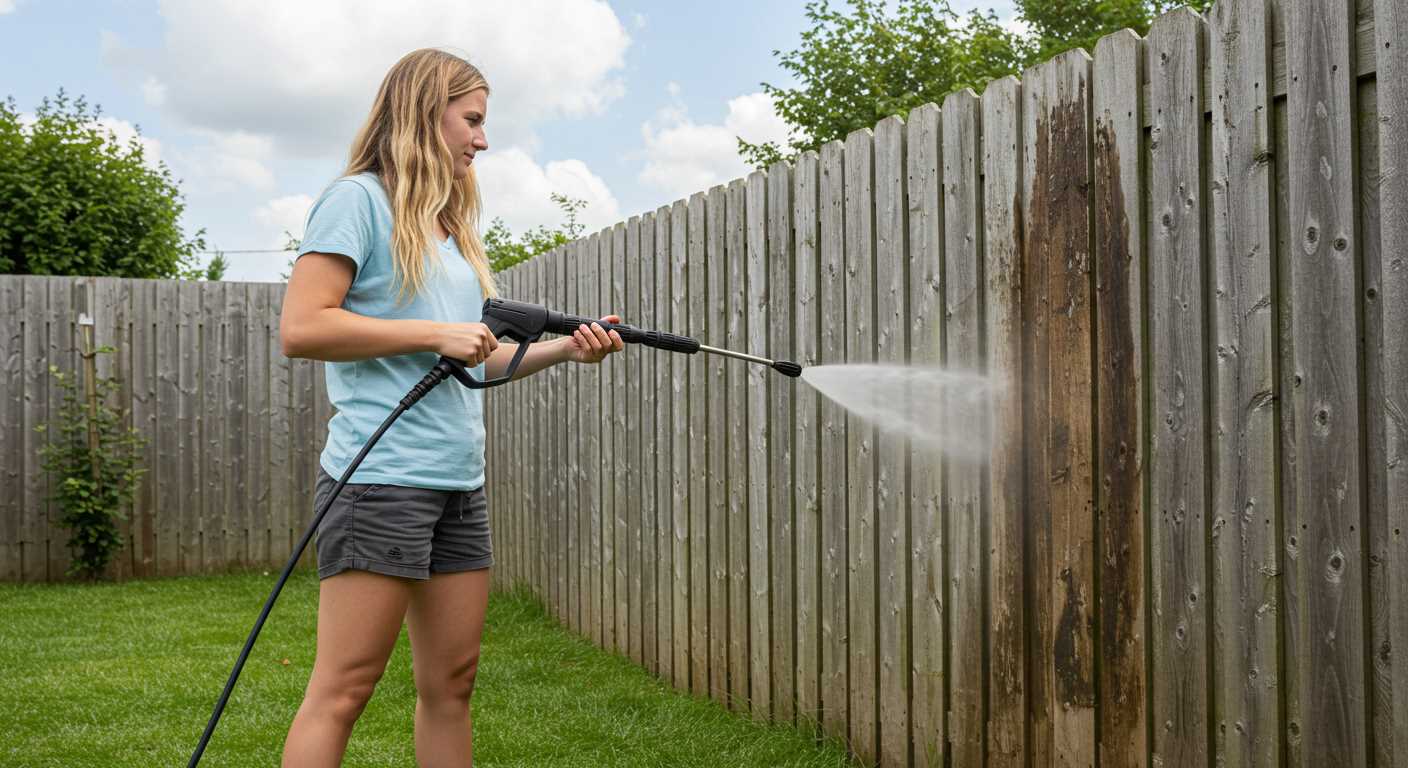
After rinsing, let the surface air dry completely. You can expedite the drying process by placing a few towels or absorbing cloths on particularly humid days. If possible, increase air circulation around the area by opening nearby windows or using fans to promote faster evaporation and maintain an appealing look.
| Method | Description |
|---|---|
| Rinsing | Use clean water with a broom or mop to remove residues. |
| Squeegee or Wet Vacuum | Extract excess water to avoid pooling. |
| Air Drying | Allow surfaces to dry naturally or use towels for quicker results. |
Following these steps will help maintain the aesthetic and longevity of your surfaces, ensuring they remain in excellent condition for years to come.
Maintain Clean Brick Pavers with Regular Care
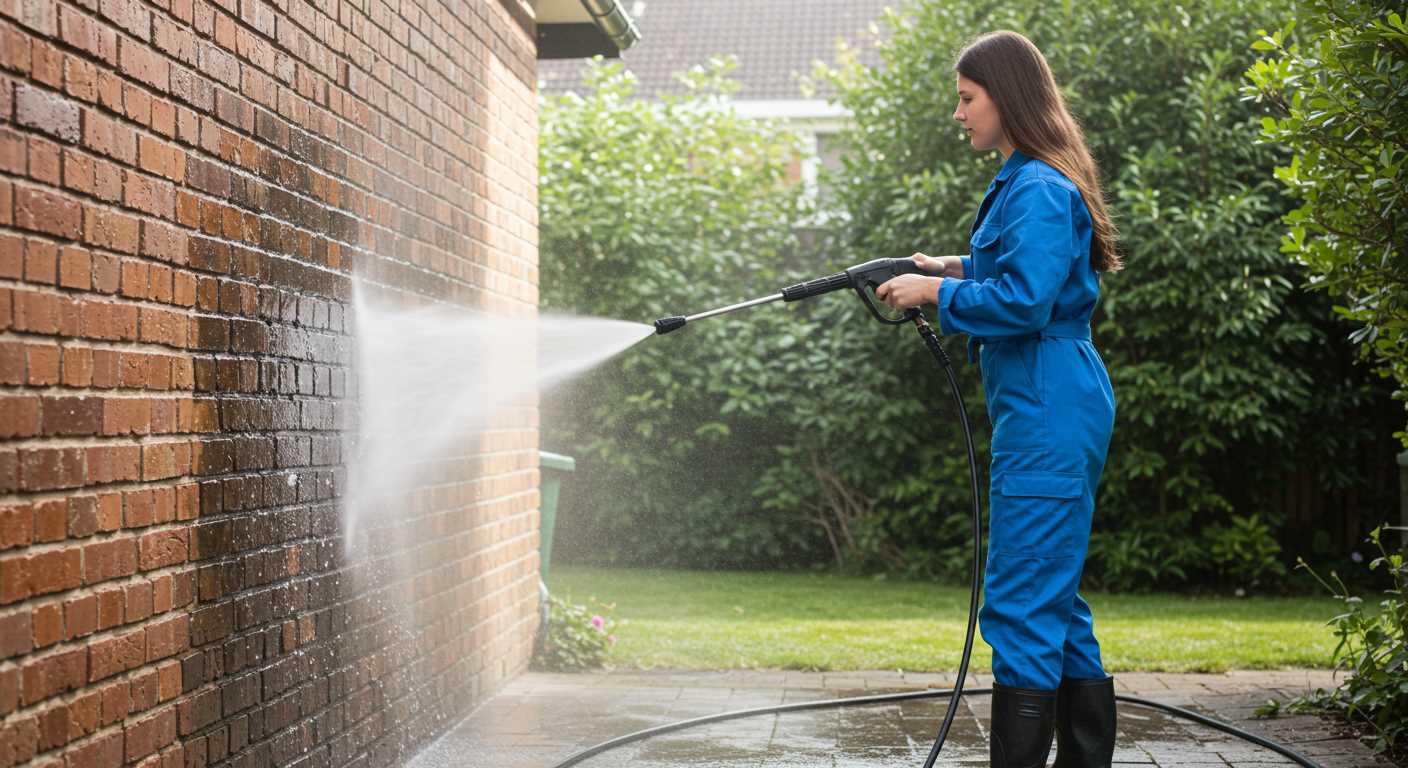
Implement a routine inspection every few months to identify stains, dirt buildup, or algae growth on your surfaces. Spot treating any problematic areas as they arise helps prevent larger issues later.
Utilise a broom or blower to remove debris weekly. Regular sweeping keeps your surfaces tidy and reduces the chance of dirt settling into crevices.
Consider sealing your surfaces every few years. A quality sealant provides a protective layer, making it more resistant to stains and simplifying future maintenance. Make sure the surfaces are dry before applying any sealant for best results.
Monitor surrounding vegetation. Keeping plants trimmed and away from the edges helps minimise debris accumulation and prevents roots from disrupting the integrity of your surfaces.
For high-traffic areas, encourage foot traffic patterns that avoid concentrated wear. Utilising mats or stepping stones as guides can distribute weight evenly and protect the surfaces.
FAQ:
What are some traditional methods to clean brick pavers without using a pressure washer?
Traditional methods for cleaning brick pavers include using a mixture of warm water and mild detergent or vinegar. Begin by sweeping the area to remove loose dirt and debris. Then, create a cleaning solution and apply it with a stiff brush or a broom. Scrub the pavers to remove stains and grime. Rinse with clean water afterwards. For tough stains, consider using baking soda as a gentle abrasive in conjunction with the cleaning solution.
How can I remove weeds and moss from brick pavers without a pressure washer?
Weeds and moss can be effectively removed using a few different techniques. One option is to manually pull out the weeds by hand, ensuring that you remove the entire root to prevent regrowth. Another method is to use boiling water, which can kill weeds and moss instantly. Alternatively, you can apply a mixture of vinegar and salt directly onto the affected areas, letting it sit for a while before scrubbing off the remnants. After cleaning, consider applying sand to fill in gaps to prevent future weed growth.
Are there specific cleaning solutions I should avoid when cleaning brick pavers?
Avoid harsh chemicals and acidic cleaners, as these can damage the surface of the bricks over time. Products with bleach or heavy-duty solvents may also cause discolouration or deterioration of the material. It’s best to stick to natural cleaners like vinegar or mild detergents specifically designed for outdoor surfaces to protect your pavers while ensuring effective cleaning.
How can I effectively tackle stubborn stains on my brick pavers?
For stubborn stains, start by applying a paste made from baking soda and water directly to the affected area. Let it sit for at least 15 minutes, then scrub with a stiff brush. For oil stains, a mixture of dish soap and warm water can also work well. Apply it, let it soak for a while, then scrub and rinse thoroughly. If these methods do not work, you may consider using a commercial paver cleaner suitable for your type of bricks, following the manufacturer’s instructions carefully.
Is it necessary to seal brick pavers after cleaning them?
Sealing brick pavers after cleaning can provide several benefits. It can help to protect against stains, moisture, and weeds, prolonging the life of your paving. A sealant forms a protective barrier that makes future cleaning easier and can enhance the appearance of your pavers, giving them a more polished look. While sealing is not mandatory, it is highly recommended, especially for areas with high traffic or exposure to the elements.


